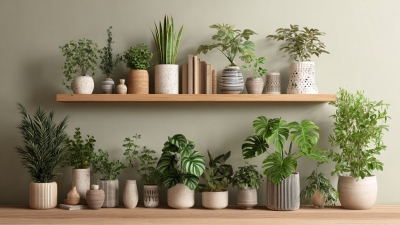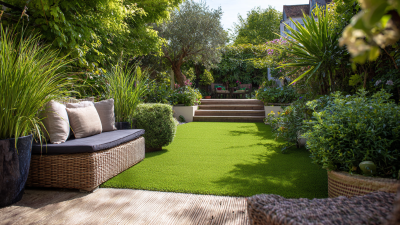Indoor air quality (IAQ) is a growing concern for many households and workplaces, as studies reveal that indoor air can be up to five times more polluted than outdoor air (U.S. EPA). One innovative solution to enhance IAQ is the use of Wall Plants. According to a report by NASA, certain indoor plants can remove up to 87% of volatile organic compounds (VOCs) from the air in just 24 hours. This underscores the importance of incorporating plants into indoor environments, not only for aesthetic purposes but also for their significant health benefits. Furthermore, a study published in the journal "Environmental Science & Technology" found that integrating plants like snake plants and pothos can lead to improved mood and productivity levels. As we explore how to optimize indoor air quality with Wall Plants, we will delve into the research-backed insights and benefits that make them an essential component of any healthy living space.
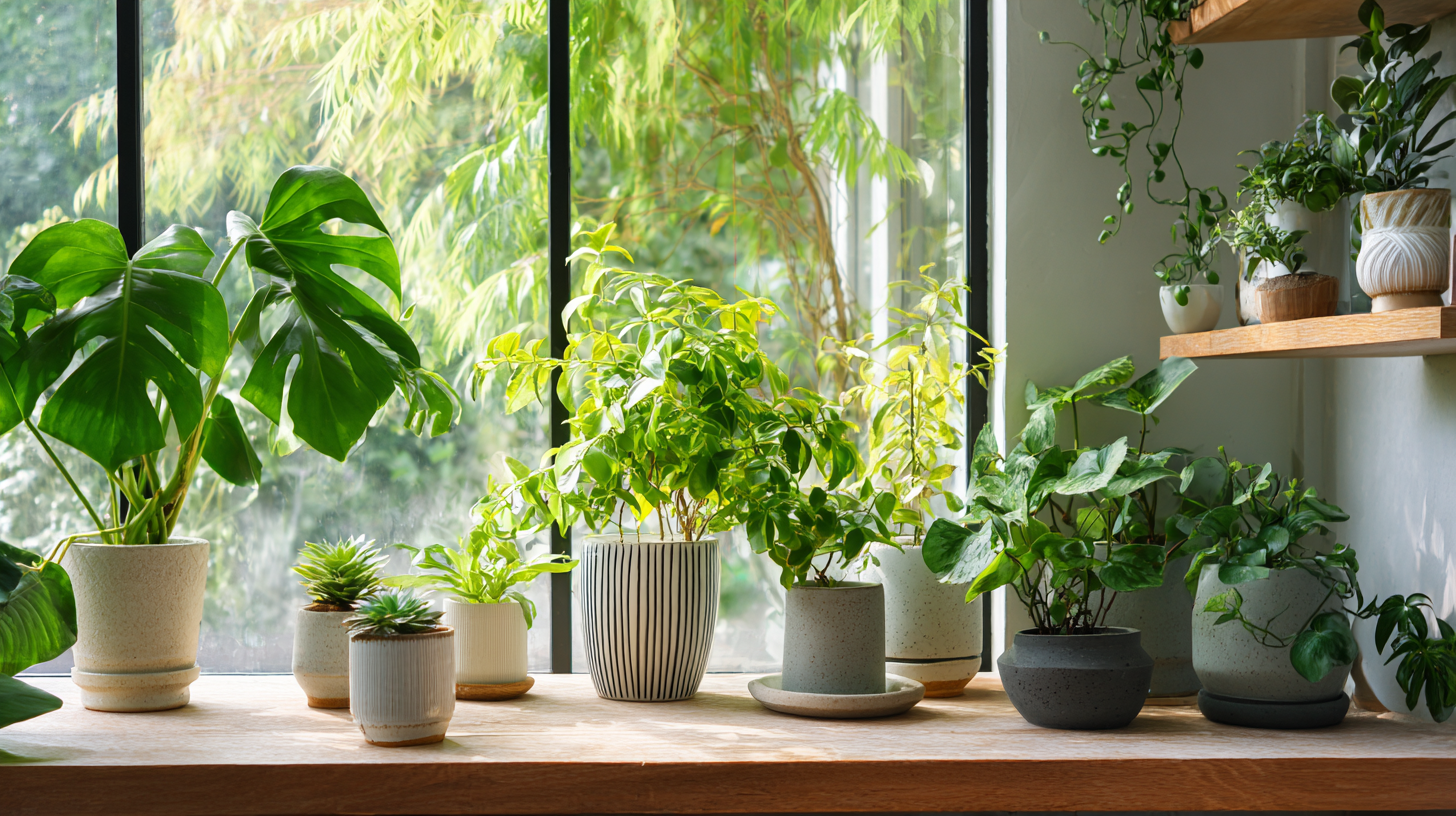
When selecting wall plants to enhance indoor air quality, it's crucial to choose species that are not only aesthetically pleasing but also scientifically proven to purify the air. According to a NASA study, certain indoor plants can absorb harmful volatile organic compounds (VOCs) such as benzene, formaldehyde, and trichloroethylene. For example, the peace lily and spider plant have been shown to remove these toxins effectively, making them ideal choices for wall-mounted installations.
Moreover, research published in the Journal of Environmental Quality indicates that plants like snake plants and pothos can improve indoor air quality by increasing humidity levels and reducing respiratory issues. These plants are particularly suited for vertical gardens due to their hardy nature and low maintenance requirements. Utilizing these scientifically supported plants not only contributes to a healthier living environment but also enhances the aesthetic appeal of indoor spaces, making them more inviting and serene. By strategically selecting the right wall plants, homeowners can transform their spaces into a natural sanctuary while reaping the benefits of improved air quality.
The science behind wall plants and their ability to purify indoor air has garnered considerable attention in recent years. Research conducted by NASA in the late 1980s laid the groundwork for understanding how certain plants can improve air quality by removing toxins such as benzene, formaldehyde, and trichloroethylene. According to their findings, species such as English ivy, peace lily, and spider plant demonstrated significant effectiveness in reducing airborne pollutants. A subsequent study from the University of Technology Sydney indicated that integrating living wall systems can enhance these purification processes, resulting in up to a 50% reduction of volatile organic compounds (VOCs) in indoor environments.
In addition to their aesthetic appeal, wall plants contribute to humidity control, which is crucial for respiratory health. The American Society of Horticultural Science notes that plants can naturally increase humidity levels through transpiration, thereby combatting dry air conditions that can lead to discomfort and health issues, such as dry skin and respiratory irritation. Furthermore, research from the University of Exeter emphasizes that the presence of plants in indoor spaces not only improves air quality but also boosts productivity and well-being, demonstrating that fostering a greener environment is beneficial on multiple fronts.
| Plant Name | Air Purification Capabilities | Optimal Light Conditions | Maintenance Level | Benefits |
|---|---|---|---|---|
| Spider Plant | Removes formaldehyde, xylene | Indirect sunlight | Low | Enhances humidity and aesthetics |
| Boston Fern | Filters formaldehyde, benzene | Low to bright indirect light | Moderate | Increases indoor humidity |
| Peace Lily | Removes ammonia, benzene, VOCs | Low light | Low | Aesthetic blooms and air quality |
| Pothos | Removes formaldehyde and benzene | Low to bright indirect light | Low | Effective at removing toxins |
| Areca Palm | Filters xylene, toluene | Bright, indirect sunlight | Moderate | Natural humidifier |
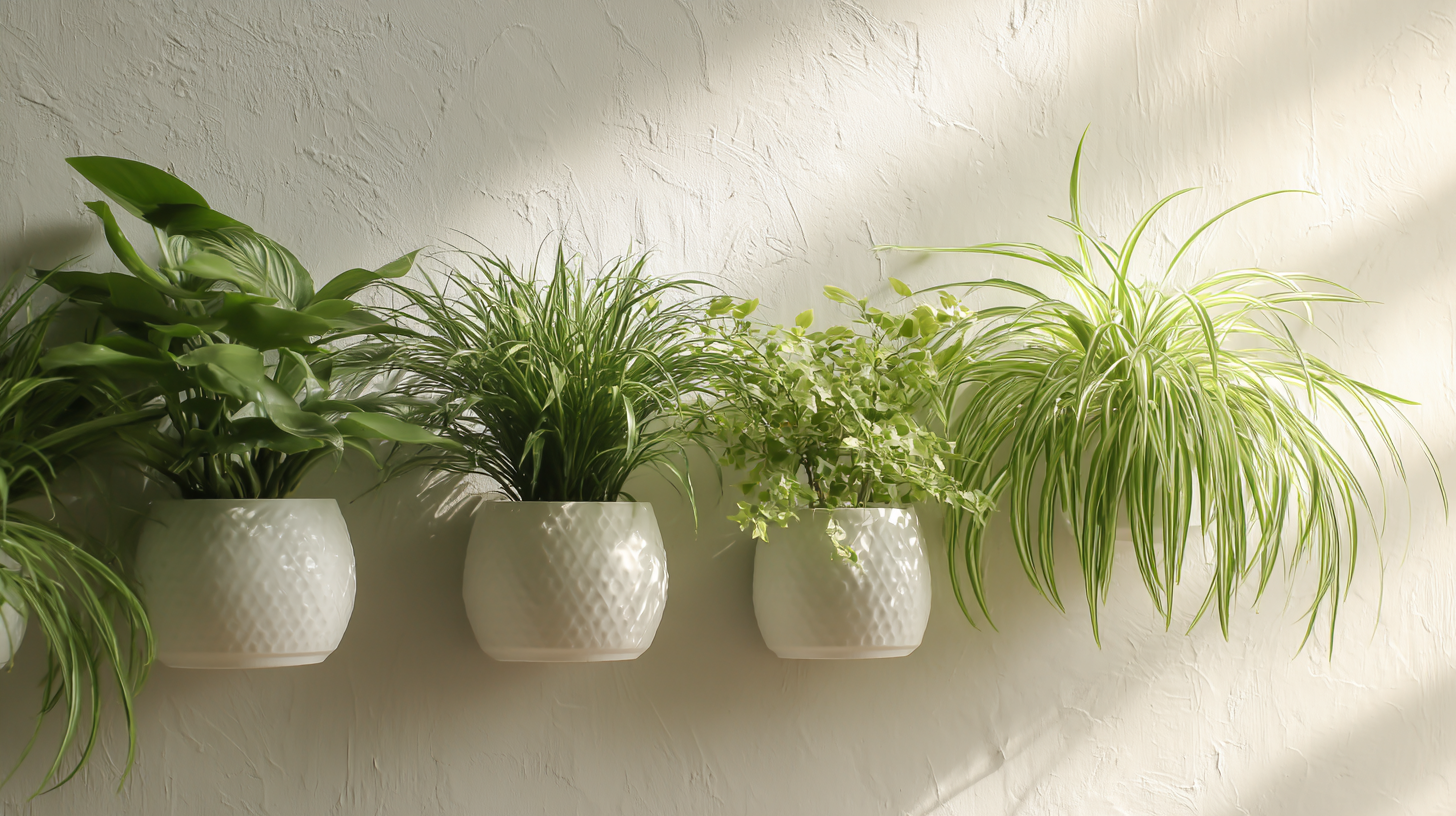 Optimal placement of wall plants can significantly enhance indoor air quality, as supported by various studies highlighting the benefits of biophilic design. According to a report from the American Society of Horticultural Science, specific plants are effective in reducing pollutants such as formaldehyde, benzene, and trichloroethylene when strategically positioned. For example, pothos and snake plants have shown remarkable air-purifying capabilities, improving air quality after just a few hours of exposure.
Optimal placement of wall plants can significantly enhance indoor air quality, as supported by various studies highlighting the benefits of biophilic design. According to a report from the American Society of Horticultural Science, specific plants are effective in reducing pollutants such as formaldehyde, benzene, and trichloroethylene when strategically positioned. For example, pothos and snake plants have shown remarkable air-purifying capabilities, improving air quality after just a few hours of exposure.
To maximize these benefits, placing wall plants at eye level or higher can optimize air flow around the foliage, allowing for improved absorption of toxins. A study by NASA concluded that plants placed in proximity to heating and cooling vents can significantly reduce airborne contaminants, as the increased airflow enhances the rate of absorption. Additionally, grouping plants together can create a microclimate that boosts humidity levels, further aiding in pollutant reduction while providing a healthier living environment.
Incorporating wall plants into your indoor space not only enhances aesthetics but also significantly improves air quality. However, maintaining these plants is crucial for reaping their full benefits. To ensure your wall plants thrive, begin by selecting the right species. Opt for low-maintenance options like pothos or ferns, which are well-known for their air-purifying capabilities. Additionally, consider the light conditions of your space; most wall plants prefer indirect sunlight, making them ideal for interiors.
Watering is another key aspect of maintenance. Allow the soil to dry out slightly between waterings, as overwatering can lead to root rot. Aim to keep a consistent watering schedule, typically once a week, depending on your plant's specific needs. Furthermore, regularly dusting the leaves can improve photosynthesis and overall health. Lastly, provide adequate humidity, especially in dry seasons, by misting the plants or placing a small humidifier nearby to enhance their growth and air-purifying functions. Following these tips will ensure your wall plants thrive, ultimately contributing to a cleaner and healthier indoor environment.
Indoor air quality is an essential aspect of creating a healthy living environment, and research increasingly supports the role of wall plants in enhancing this quality. A study conducted by NASA in the 1980s found that certain plants, such as peace lilies and spider plants, are capable of removing up to 87% of indoor air pollutants within 24 hours. This remarkable ability is attributed to their natural processes of photosynthesis and transpiration, which act as a biofilter for harmful substances like formaldehyde, benzene, and trichloroethylene commonly found in household items.
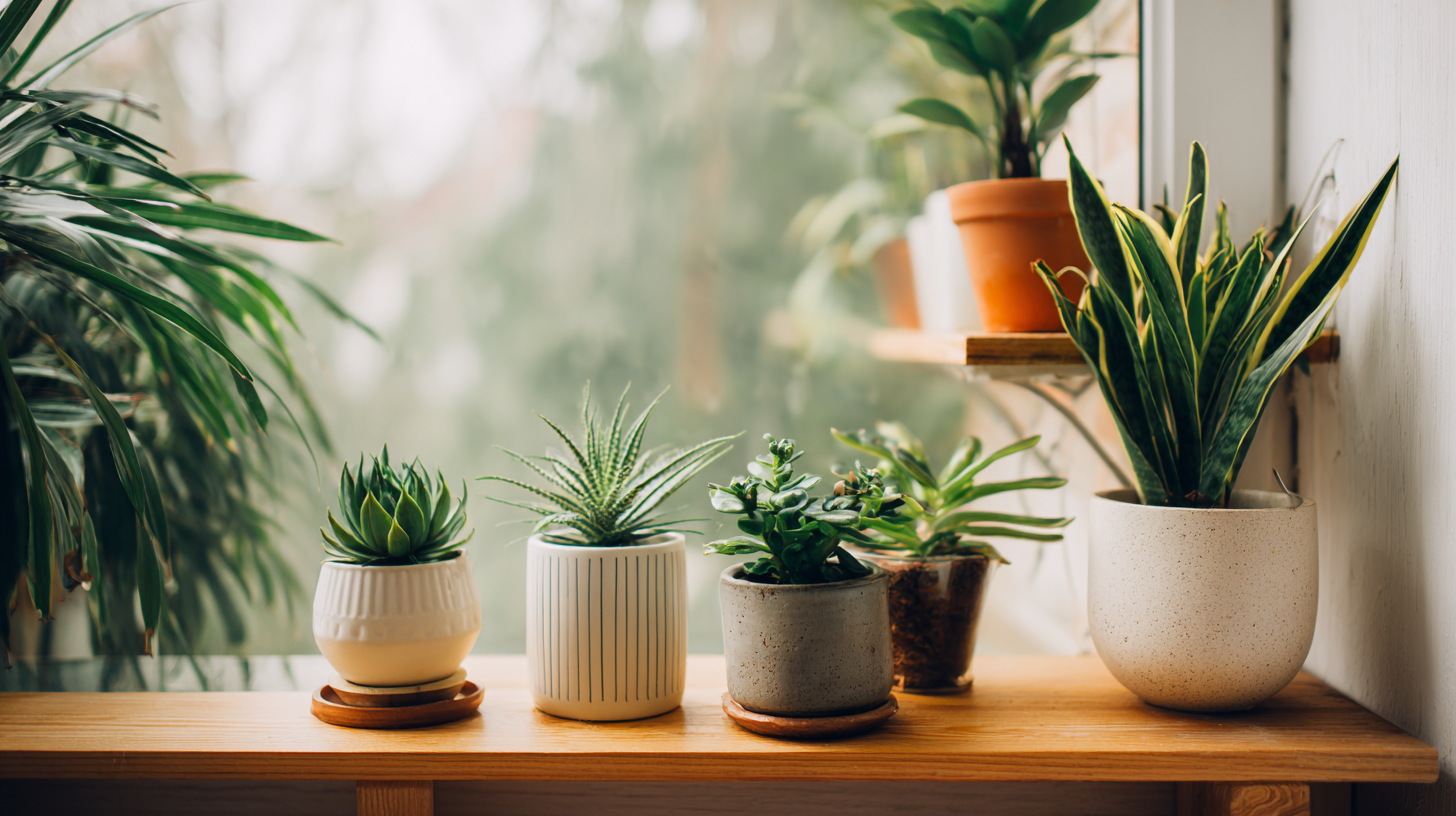
Furthermore, a 2015 study published in the Journal of Environmental Horticulture highlighted that the aesthetic presence of wall plants contributes to improved mental well-being, which indirectly benefits indoor air quality. The study revealed that homes adorned with vertical gardens not only exhibited lower levels of harmful toxins but also fostered reduced stress levels among occupants, leading to healthier living spaces. The combination of air purification capabilities and psychological benefits positions wall plants as a valuable investment for enhancing indoor air quality in our homes.
